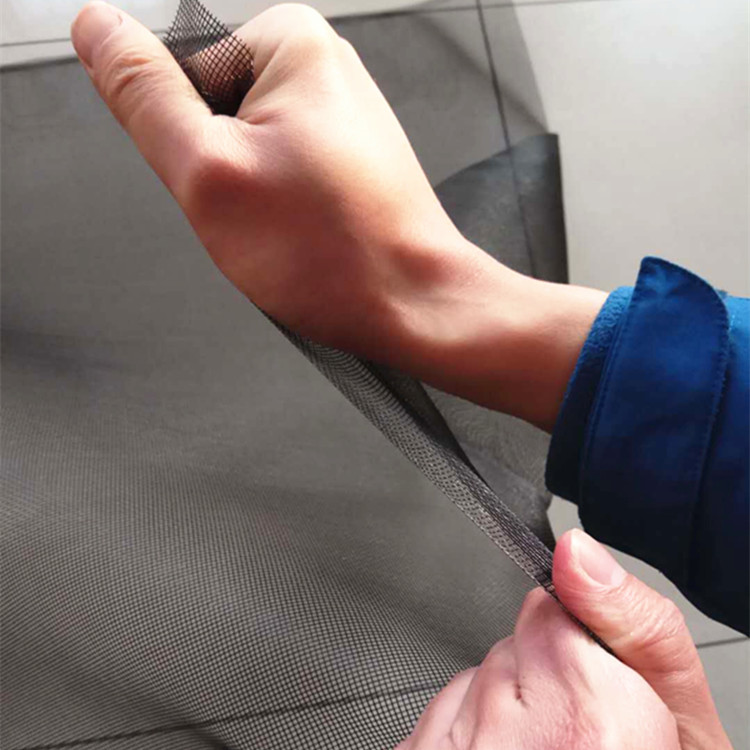English
Fiberglass insect screens are a fundamental component of residential and commercial structures, serving as a barrier against unwanted insects while allowing airflow and maintaining visibility. These screens are crafted from woven fiberglass fibers coated with PVC (polyvinyl chloride), combining strength with flexibility to withstand the rigors of outdoor exposure.

Fiberglass screens are fabricated from finely woven fiberglass strands, which are lightweight yet robust. The PVC coating applied to these fibers not only reinforces the screen's durability but also protects against UV rays, preventing deterioration and ensuring longevity. The composition of fiberglass lends itself to flexibility, enabling easy installation in various window and door frame types.
The primary function of fiberglass insect screens is to safeguard interiors from insects like mosquitoes, flies, and gnats without compromising ventilation. This permeability is crucial for maintaining indoor air quality and comfort, especially during warm seasons when windows and doors are open.
Moreover, fiberglass screens offer several advantages over alternative materials. They are cost-effective, making them accessible for a wide range of applications. Their lightweight nature simplifies installation and maintenance tasks, contributing to their popularity in both residential and commercial settings.
Fiberglass insect screens find extensive use in residential homes, apartments, and condominiums. They are installed in windows, doors, and screened-in porches to create a barrier against insects while allowing natural ventilation. Commercially, these screens are employed in restaurants, offices, and retail spaces to enhance comfort for occupants and patrons.
In industrial settings, fiberglass screens contribute to maintaining sanitary conditions in food processing facilities and warehouses, effectively preventing pests from entering sensitive areas. The versatility of fiberglass screens extends to agricultural use, providing protection in greenhouses and nurseries.
Installing the fiberglass insect screen is a straightforward process, requiring basic tools such as a spline roller and screen installation kit. The screens are custom-cut to fit specific window and door dimensions, ensuring a snug and secure fit. Routine maintenance involves periodic cleaning with mild soap and water to remove dust and debris, preserving visibility and airflow.
Fiberglass screens offer environmental benefits by promoting natural ventilation and reducing the reliance on mechanical cooling systems. They contribute to energy efficiency by allowing passive cooling during mild weather, which can translate into reduced energy consumption and lower utility bills.
In conclusion, fiberglass insect screens play a pivotal role in enhancing the comfort and livability of indoor spaces by providing an effective barrier against insects without compromising ventilation or visibility. Their durable construction and ease of installation make them a popular choice across various residential, commercial, and industrial applications. As environmental consciousness continues to grow, fiberglass screens stand out as a sustainable solution for promoting natural airflow and minimizing reliance on artificial climate control methods.